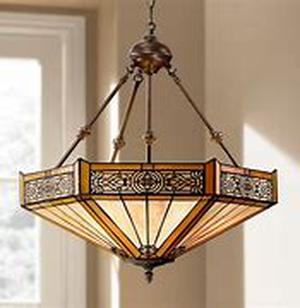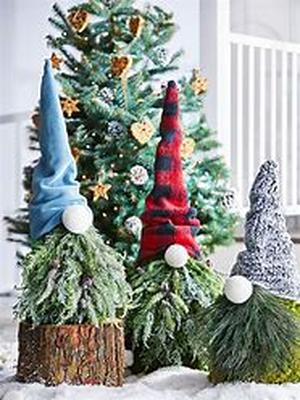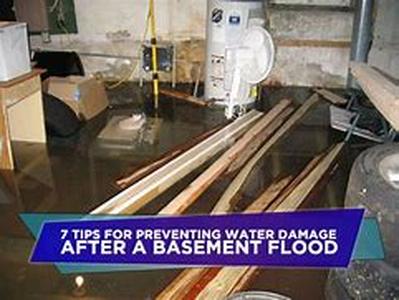
They Are Small, Ant-like Insects That Feed On Wood. Although They Are Sometimes Referred To As White Ants, Termites Actually Belong To A Different Order Than Ants. In Fact, Termites Are Much Closer To Cockroaches And Mantids Than They Are To Ants. Termites In Have Been Around For More Than 20 Million Years. They Are Classified Into At Least 50 Different Species. However, For Easier Categorization, Termites In Can Be Easily Lumped Into Three Major Ecological Groups: Dry Wood, Damp Wood, And Subterranean Or Ground Termites. Out Of All Three Major Groups Of Termites In , The Largest Is Damp Wood. A Typical Adult Damp Wood Termite Could Be As Large As More Than Half An Inch. Damp Wood Termites In Live In Fallen Logs And Are Often Found In Forests. As Such, They Are Seldom Encountered By Humans.Subterranean Or Ground Termites, On The Other Hand, Live Beneath The Ground Surface. They Are The Most Commonly Encountered By Humans, The Property Damage They Cause Each Year Amounting To Nearly 2 Billion More Than The Property Damage Due To Fire And Windstorm Combined. Despite Their Reputation, Subterranean Termites In Account For The Smallest Ecological Group. They Are Less Than A Quarter Inch In Length But With Good Excavating And Foraging Abilities.Unlike Subterranean Termites, Dry Wood Termites In Do Not Need Constant Contact With Soil In Order To Survive. They Typically Live On The Surface, Often Housed Inside Complex Mounds Made From Dirt, Chewed Wood, And Termite Excrement. While Subterranean Termites Attack Wood From Underneath The Ground, Dry Wood Termites Attack Wood From The Surface.Because Majority Of Homes In Are Made Of Wood, Termites In Are Considered A Threat. Termites Are Secretive Insects That Hide Behind Wood Or Underneath The Ground. As Such, Infestation In The Home Is Very Difficult To Detect.However, There Are Certain Telltale Signs That Would Indicate Infestation. These Signs Differ By The Type Of Termites. For Instance, Subterranean Termites In Have The Tendency To Create Shelter Tubes Leading Up To A Wood Source. Dry Wood Termites, On The Other Hand, Excrete Powdery Pellets Which They Occasionally Kick Out Of The Wood They Are Attacking. By These Two Signs, You Can Usually Surmise That There Is A Termite Nest In Your Home.Another Sign Of Termite Infestation That Not Many People Are Ware Of Is The Presence Of Swarmers In The Spring. Swarmers Are Alates, Or Adult, Winged Termites That Would Become Future King And Queens Of A Nest. Because They Look Almost The Same As Winged Ants, These Termites Are Often Mistaken As Such.





